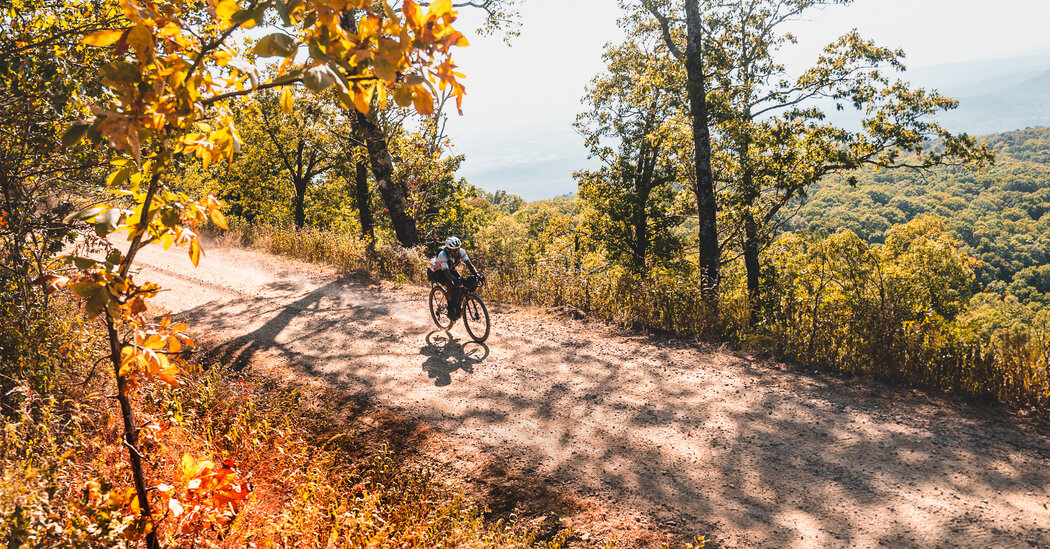You know that feeling of riding a bike as a kid — the freedom to go (almost) anywhere, to explore, to ride with friends? Gravel biking is like that.
With a penchant for riding on dirt or gravel roads and paths and piecing together out-of-the-way routes, gravel bikers — as opposed to mountain bikers, who prefer narrower trails over uneven terrain — make up a booming segment within the cycling industry. Some cyclists value the absence of traffic, and increase in safety, compared with biking on busy roads. Some are drawn by terrain that is easier to ride on than many mountain bike trails. Others appreciate the inclusive “come as you are” community, which extends to every skill level, age and even clothing style (think: less emphasis on spandex). Annual cycling events further that sense of community and often sell out months in advance.
When Rebecca Rusch, 55, a former professional mountain bike racer who lives near Sun Valley, Idaho, first tried gravel riding about a dozen years ago at a long-distance race in Kansas, it was an eye-opener. “I thought, ‘Wow, this is a really accessible form of cycling for a lot of people, but also fun for a pro,” she said.
Inspired to start her own event, she created Rebecca’s Private Idaho in Sun Valley, in 2013. That first year, 175 people showed up. Now there are four days of group rides and races each Labor Day weekend, with a registration cap of 1,500 riders.
Gravel riding is “the fastest-growing genre the sport of cycling has ever seen,” said Zander Ault, an Arizona bike entrepreneur. “It’s gotten more people into the sport or back into the sport. You’re getting out into places where you may have never thought to explore, and you can hear your surroundings.”
As gravel riding has surged, bikes designed for the sport have entered the market. In the simplest terms, gravel bikes fall somewhere between svelte, skinny-tire road bikes and burlier, knobby-tire mountain bikes, combining aspects of each.
“You want the handling and response and feel of a road bike with the larger tire clearance that lets you go over rougher terrain,” said Barrett Brandon, chief financial officer of the Utah-based cycling brand Ventum, which added gravel bikes to its offerings in late 2020.
Having a gravel-specific bike can make a ride more comfortable, but it’s not a necessity. Ms. Rusch estimated that 20 to 30 percent of the riders who attend Private Idaho are on other kinds of bikes, like mountain or fat-tire…
Click Here to Read the Full Original Article at NYT > Travel…
